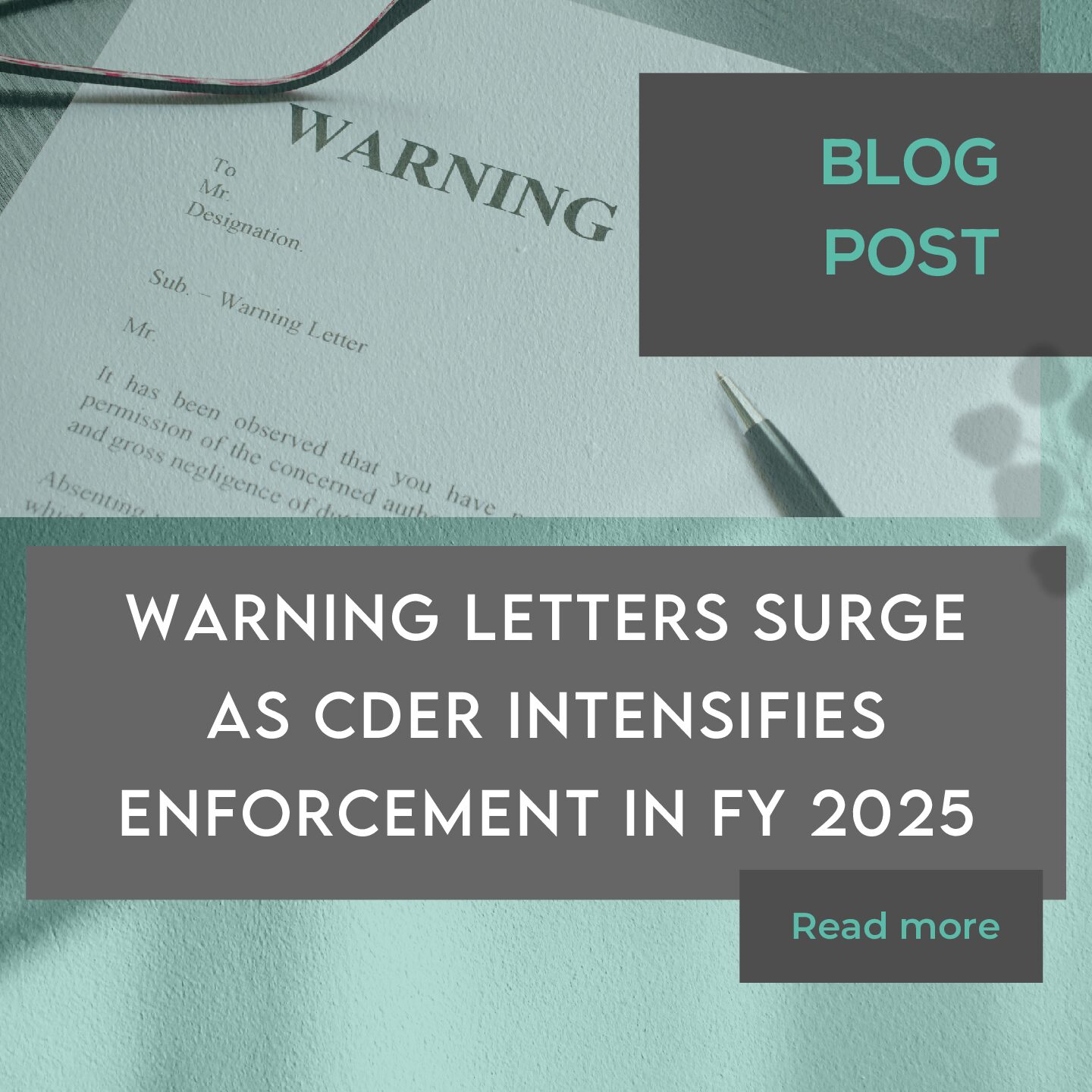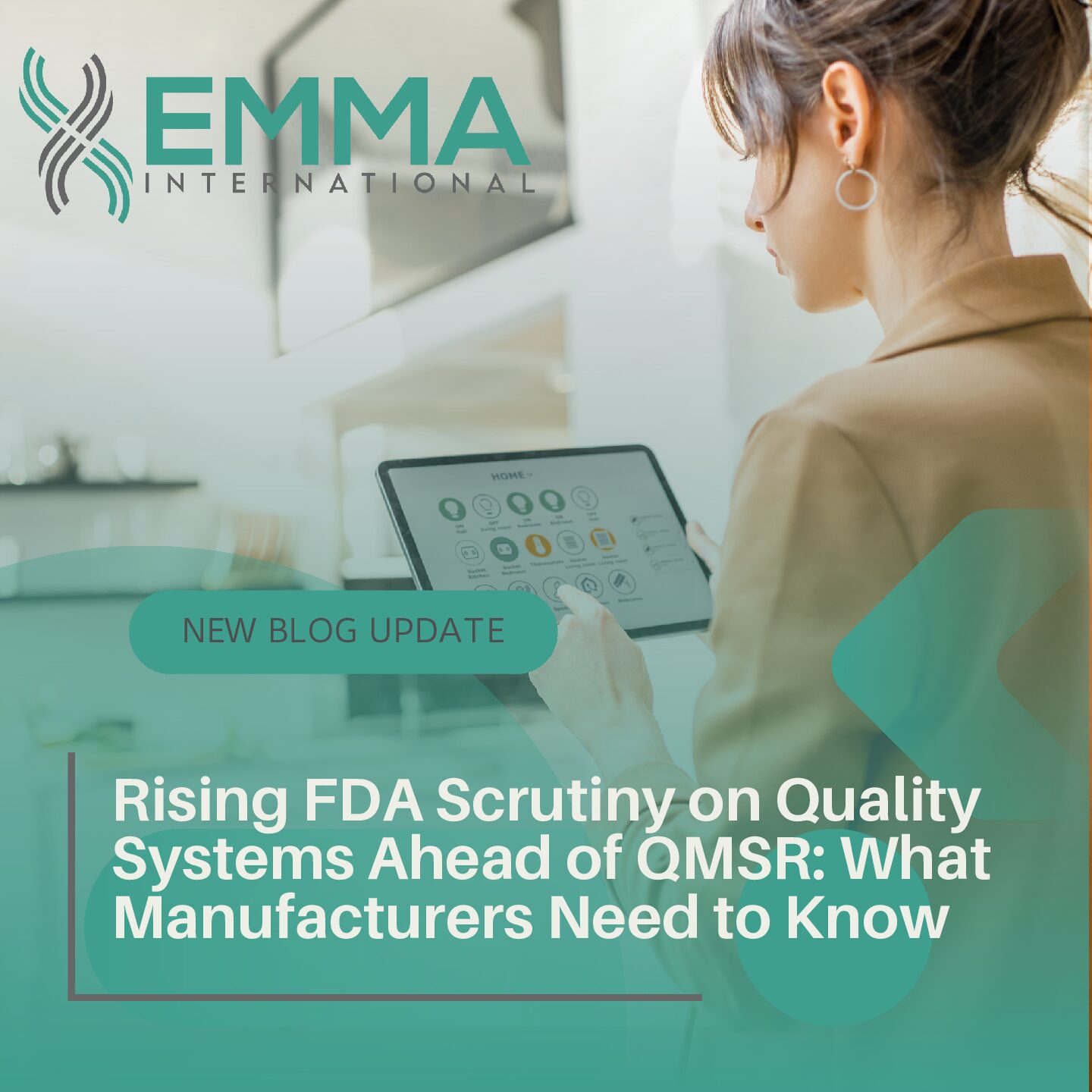A need to have an effective and modern approach for a pharmaceutical Quality Management System (QMS) resulted in the International Conference on Harmonization (ICH) developing a new quality system guidance that has the ability to support the regulatory framework for the pharmaceutical industry. It is worth noting that the pharmaceutical industry is behind the mark in quality management practices, compared to other industries [1].
ICH’s mission is to “achieve greater harmonization to ensure that safe, effective and high quality medicines are developed and registered in the most resource-efficient manner” [2]. To have practical business support, flexible regulatory environment, and a focus on not only the compliance, but also on science and risk approaches, ICH formulated this new guideline document to deliver a modern quality system with the aim of instituting safe and efficient practices, with manageable costs [1].
ICH Q10 is a harmonized guideline model between the European Union, Japan and the United Sates for implementing a practical quality management system in the pharmaceutical industry. This document was released in May 2007 and was established based on existing regulatory standards and ISO concepts, including ISO 9001 and Good Manufacturing Practices (GMP) regulations [3].
This Pharmaceutical Quality System (PQS) guidance document is applicable throughout the product lifecycle from development through product approval. The ICH Q10 guideline emphasizes on an integrated approach to quality risk management. What is unique about this guideline, when compared with GMPs, is that it can be embraced throughout the product lifecycle. Conversely, GMPs do not emphasize a “lifecycle approach” to a quality management system structure [3, 4].
The product lifecycle includes pharmaceutical development, technology transfer, commercial manufacturing, and product discontinuity. Some specifications of PQS may vary within the stages, but the principles and components are the same [3].
ICH Q10 focuses on the implementation of certain PQS elements such as Corrective Action and Preventive Action (CAPA) and Change Management throughout the product lifecycle, as well as reviewing process performance and product quality up to discontinuity. Knowledge management and risk management approaches are the enablers to make ICH Q10 effective and successful. These approaches facilitate the management of information related the product quality, and can only be achieved by constant evaluation of product quality related metrics [5].
In summary, an effective implementation, and ongoing management, of pharmaceutical quality systems can be achieved via the ICH Q10 guideline. This guideline targets the achievement of product realization, the establishment of a state of control, as well as the facilitation of continual improvement [3].
Figure 1: Diagram of the ICH Q10 Pharmaceutical Quality System Model
References
- Seetharam Kandarpa, Pharmaceutical Quality System: ICH Q10, Sep 13 2015.
- ICH harmonization for better health. Available from: http://www.ich.org/home.html.
- Guidance for Industry Q10 Pharmaceutical Quality System. Available from: http://www.fda.gov/downloads/Drugs/…/Guidances/ucm073517.pdf
- QualityDigest. Available from: http://www.qualitydigest.com/mar08/articles/05_article.shtml
- PharmaOut. Available from: http://www.pharmout.net/blog/ich-q10-where-gmp-and-good-business-practice-meet/





